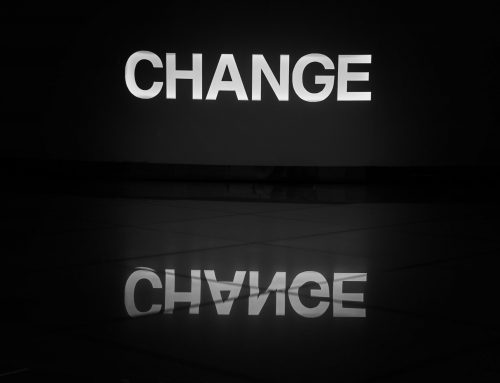Have you ever tried to implement changes in your organization? If yes, then you know that the most puzzling issue that many executives face is employees’ resistance to change. The resistance may be camouflaged in many forms, including indifference, passive resistance, and active resistance. Ιn fact, as you might have heard, 70% of change initiatives fail and the success rate of innovations is just below 4.5%.
Yet changes must continually occur, from little ones such as changes in work methods, to larger ones such as changes in the work culture. Simply put, transformation is the new normal. So how should you deal with resistance to change?
- Acknowledge it. Resistance to change is natural, as is the fear and anxiety created when we move to an unknown future state. In fact, research on the function of the brain has shown that resistance is not only a psychological reaction to change but also a physiological one! So even though you can try to mitigate resistance, you shouldn’t be surprised by it nor try to resist it.
- Understand its nature. In most cases, what employees resist is not the actual change but how this change will affect their human relationships. Employees and managers are more likely to be receptive to change when leaders communicate exactly what will change, and the value of the future.
- Get everyone involved. A way to deal with resistance to change is to get the people involved to participate in the process of change. In a study conducted by Lester Coch and John R.P. French, which aimed to explain the issue of resistance to change, it was found that when factory operators were involved in the process of change in their work procedure, they showed smaller initial drop in output and very rapid recovery that exceeded the previous rate. So bring employees on the transformation journey with you and anticipate their questions and concerns.
- Develop a change vision. A change vision is a picture of what the future will look like once the change is implemented. You should aim to develop a change vision that is easy to communicate, clearly identifies areas of change, and sets clear target.
All in all, change is inevitable and resistance to it is absolutely natural. But in an agile and collaborative culture, you can switch from a how can I protect myself from change attitude to a how can I help one






